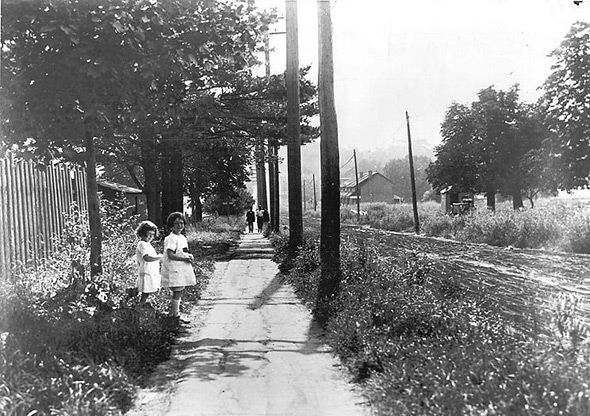AlvinofDiaspar
Moderator
Yeah, the whole downtown bit of the alignment seems a little hokey, but at this stage, they can always trade more underground for increased price, and there is some merit to using an above ground alignment northward anyways. If they go for Broadview, they might as well tie it up with the current relief line corridor A & C hybrid:

Corridor A

Corridor C
Perhaps they should just bury it and forget about going above and underground after Broadview.
AoD

Corridor A

Corridor C
Perhaps they should just bury it and forget about going above and underground after Broadview.
AoD
